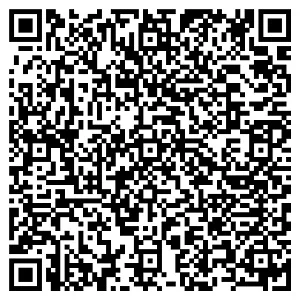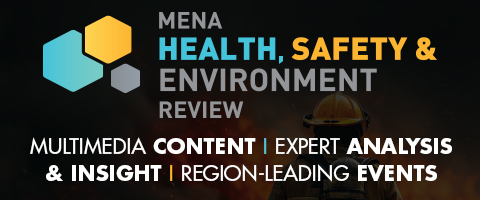
The article discusses how the neuroscience behind Critical Error Reduction Techniques aligns with safety practices. (Image source: Adobe Stock)
Larry Wilson, author and CEO, SafeStart, looks at how neuroscience aligns with critical error reduction techniques
As we continue our series on Paradigm Shifts in safety (if you haven’t yet, catch up at https://ae.safestart.com/paradigm-shifts/), we encourage you to dive into the seventh article of the twelve-part series.
In the last issue, we discussed the concept of self-triggering; the importance of learning how to self-trigger quickly, or at least quickly enough to prevent making a critical error, which means that we must train the sub-conscious mind. Now, to a certain extent, we have already discussed the importance of involving or using the sub-conscious mind to prevent injuries when we talked about developing good habits with eyes on task, so that if or when your mind goes off task, you’ll still, most likely, get the benefit of your reflexes.
Habits and reflexes are not things we are deciding to do in the moment with our conscious mind. They are both sub-conscious. All this is where the neuroscience comes in. Until recently (last 10 years or so) scientists and psychologists could speculate as to what part of the brain was being used. But it wasn’t until FMRI’s that they could prove it. And I think that it’s interesting how the neuroscience and the Critical Error Reduction Techniques (CERTs) are aligned or how the neuroscience supports or validates the CERTs. But my dad, who is an engineer, was unimpressed. When I explained it to him, he said that it was one of the best examples of, “Locking the door after the horse has got out” he’d ever heard.
So, he’s got a point. But it’s still pretty interesting. And it is science which always helps when dealing with sceptics. So, we’re going to get into at least a bit of it as we go through all four CERTs. Two of which we have discussed already: work on habits, or work on improving your safety-related habits and self-triggering on the states (rushing, frustration, fatigue) so you don’t make a critical error. And obviously, this has to happen quickly.
Even if it’s only a split-second too late, it’s still too late. And to get close to reflex speed, we need to use the sub-conscious mind. The conscious mind just isn’t quick enough. Ironically, training the sub-conscious mind—isn’t quick—and when you think about learning arithmetic, it wasn’t always exciting either. To give you an example of speed, repetition, and the power of the sub-conscious mind, just answer the following question as quickly as you can: What is 3 x 4? You probably already have the answer in your head before you read it here. It’s 12. That’s how quick your sub-conscious mind is. But how many repetitions did it take to get that quick—so you didn’t have to process anything? And very reliable: almost impossible to get it wrong… now try quickly 13 x 14.
To find out the answer to the last question (without checking your calculator) and explore how the neuroscience behind Critical Error Reduction Techniques aligns with safety practices, continue reading the full article clicking here. Stay with us as we delve deeper into the power of the subconscious mind and its role in preventing critical errors.
Scan the QR Code below to read the article in its entirety:











